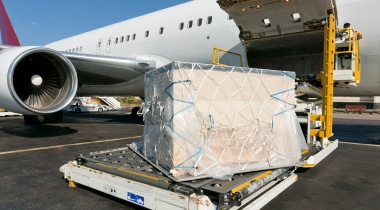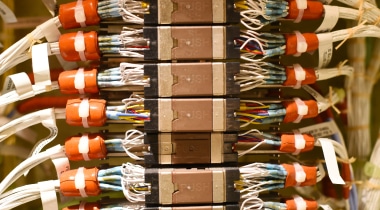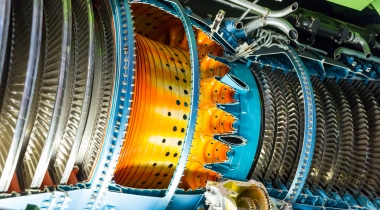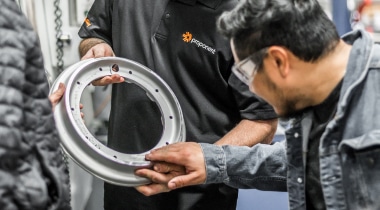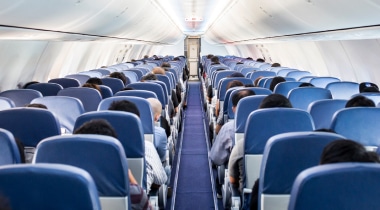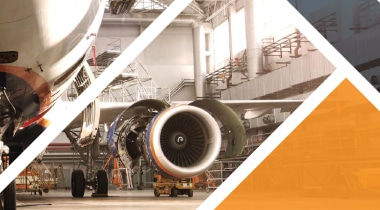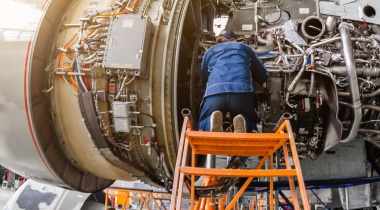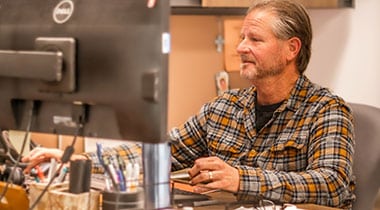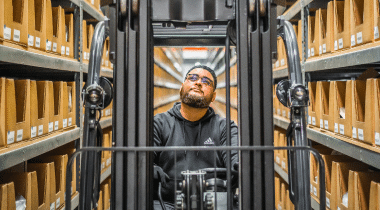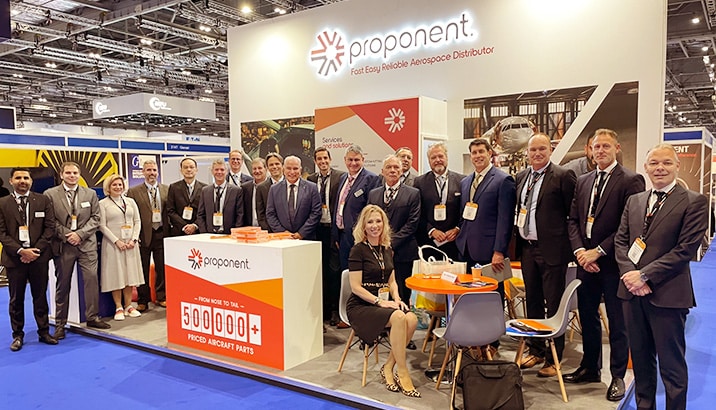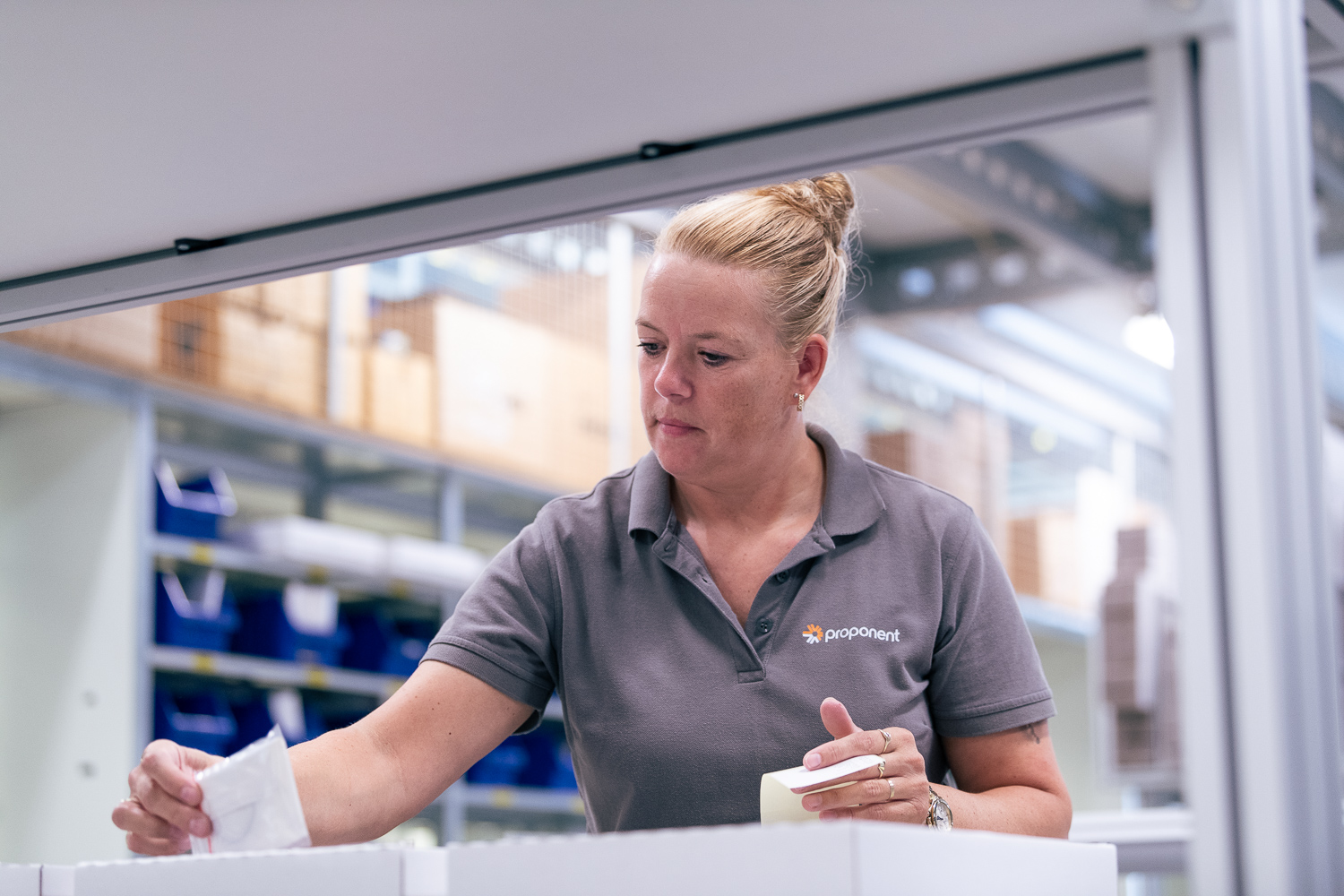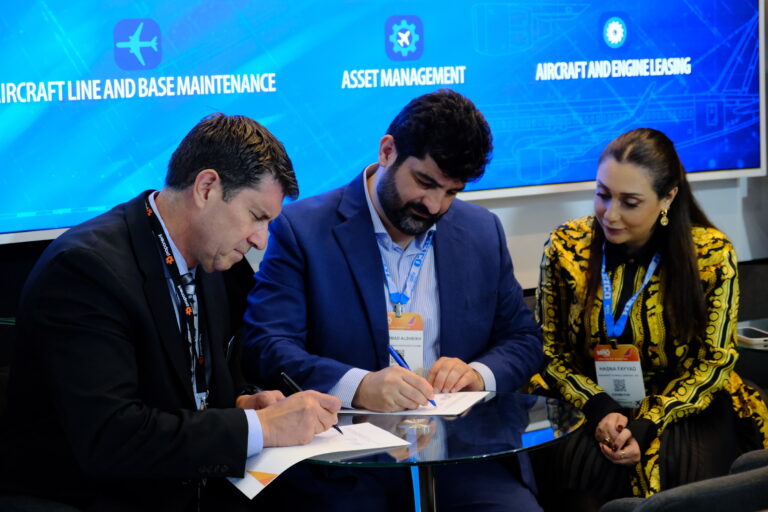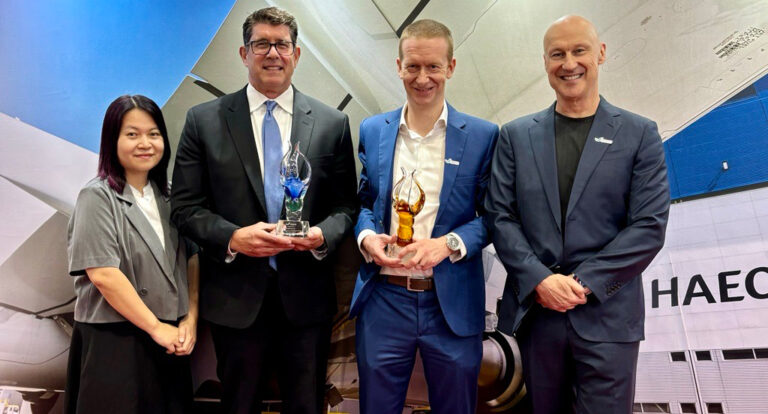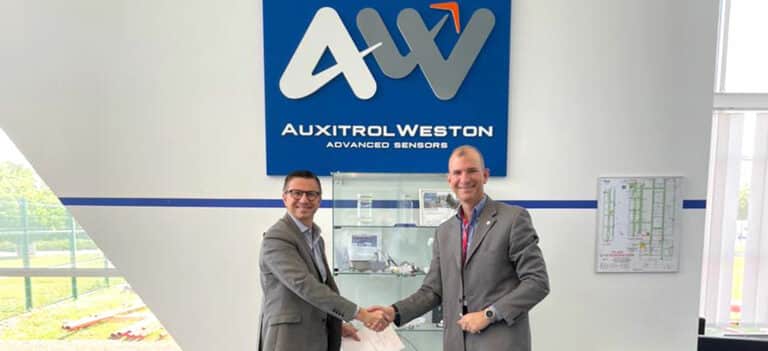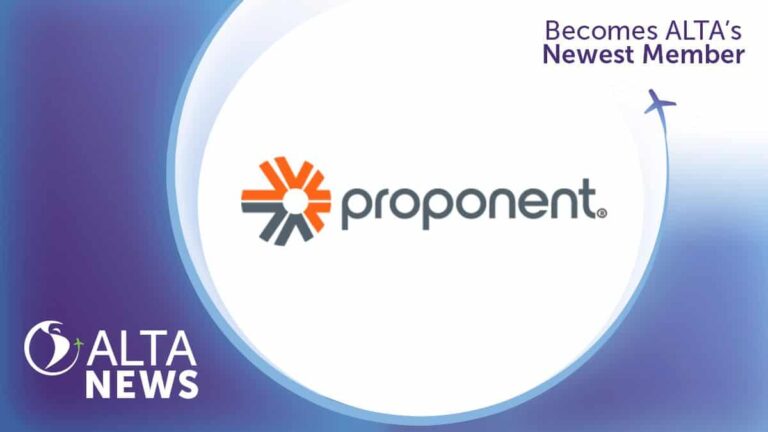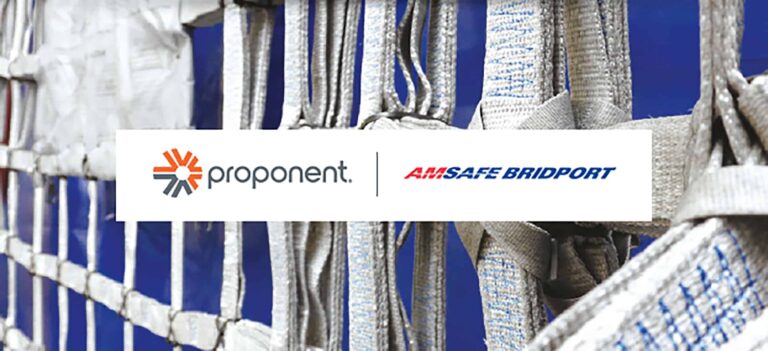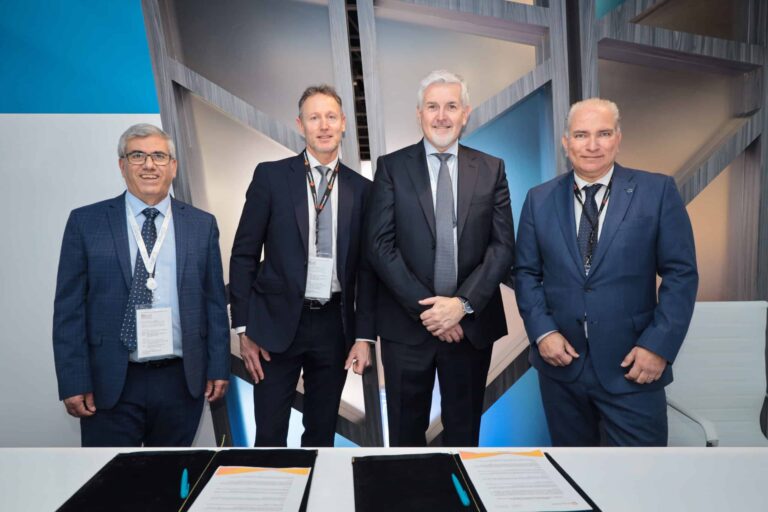Customers order your products for a lot of reasons. But what if you could increase the value of your products without changing your inventory? There’s a way to do it that benefits your company and your customers: kitting. Kitting allows you to sell more than one product in the same package, so your customers get more, and you are selling the same products out of your inventory.
In this article, we will explore the concept of kitting, what it is, how it can benefit general commercial businesses, and more specifically, how it can benefit aerospace (and aerospace adjacent) businesses. We will also distinguish between kitting and bundling, provide examples of kitting, and discuss the benefits of implementing a kitting strategy in your business.
What Is Kitting?
Kitting is an inventory management technique that involves grouping together products that are related and selling them together as one unit. So to take advantage of kitting, you would include several products in one box. All of the products come from your inventory, so you don’t have to change your set-up, but your customers get more.
For example, a company that sells office equipment may offer a “starter kit” box that includes a desk, chair, and filing cabinet. All of these products are related, so customers can get real value from getting all of these products at once. By kitting these items together, your company can offer the products at a discounted price and provide a more convenient purchasing experience for its customers. Plus your company benefits from saving resources by grouping products together without changing your inventory.
What is kitting in a warehouse?
In a warehouse, kitting involves grouping together individual items or components required for an assembly, production, or shipping process. Warehouse workers will gather related products and package and ship them together. For example, a company that sells this approach can help reduce inventory and simplify the order fulfillment process.
What is inventory kitting?
Inventory kitting is a similar process, but it involves grouping together individual products to create a new product. For example, a company that sells beauty products may create a “spa kit” that includes different products such as bath bombs, body scrubs, and lotions. All of these products will be grouped together to create a unique product with a singular SKU that’s sold as-is.
What Is the Difference between Kitting and Bundling?
Kitting is not the same as bundling, though they are very similar. Bundling does involve selling multiple products together to provide more value to your customers at a discounted price, but the items aren’t grouped together as a single SKU. The key for kitting is that all of the products are packaged together as one SKU, which means your inventory stays the same. With bundles, the products are packaged together, but they each have their own SKU.
Bundling can also be used to refer to any general process of grouping products. So if unrelated products are grouped together and sold together, that’s considered bundling as well. So if you offer your customers deals for a random assortment of products, it’s bundling.
What Is the Kitting Process?
If your company wants the benefits of kitting, how do you get started? These are the basic steps of the kitting process:
- Determine what items should be included in the kit. You can group items by use, theme, or even color. Thinking about the purpose of the kit and how the user will interact with the items in the kit is helpful when deciding what to include.
- Assign the kit a SKU. A kit needs a SKU, so your company can keep track of the new kitting. Once the individual products are grouped together, they will need a unique SKU.
- Assemble the kits. Once a kit has a SKU, the warehouse workers or inventory team will gather the products and begin putting together the kits for customers to order.
- Sell and ship. Once the kits are ready, your company can sell them and begin shipping them to your customers.
Custom Aviation Kits
While there are a handful of kitting options that apply across industries, the ever-technical aviation industry often requires custom kits to match the niche needs of MROs, OEMs, and airlines. A few areas that can benefit from custom kitting include:
- Assembly
- Maintenance
- Installations
- Modification
- Fly-Away
- Electrical Harness
- Connectors
- MEC/HMU
- IDG
- Oil Cooler
- Check Valves
- Landing gear
- Engine accessories
Due to the specific needs of each aircraft, Proponent offers kits that include up to 1,000 unique parts. This means groups of all the necessary tooling and supplies required for a task or repair will arrive at your location right as you need it, decreasing downtime while maintaining a lean operation.
The Benefits of Kitting in Aviation
Kitting is beneficial for both the suppliers and customers in the aviation industry. Here are a few key benefits of kitting when it comes to aerospace fulfillment and procurement:
Increased convenience. Kitting streamlines the assembly and maintenance processes by providing technicians with all the necessary parts and supplies in one package. By bundling related items together, MROs don’t have to spend time searching through a website or store for individual items, which can be a time-consuming and frustrating experience.
Increased value for customers. By bundling related items together, customers can save time by purchasing a package deal instead of buying individual items separately. Pairing relevant items together optimizes logistics cost.This can provide customers with a sense of value and satisfaction, leading to repeat business.
Reduced excess inventory. By bundling related items together, companies can reduce the amount of excess inventory found in both supplier and customer warehouses , which can be costly and time-consuming to manage. Kitting allows companies to package items together that are related to specific repairs. This reduces the amount of excess inventory that needs to be managed and allows mechanics to “grab-and-go” the necessary supplies for a specific repair at once. This is an attractive value proposition for both OEMs and MROs.
Reduced shipping and packaging costs. Kitting allows companies to package multiple items together, reducing the amount of packaging and shipping materials needed. This can save money on shipping costs and reduce the environmental impact of shipping.
Faster, error-free fulfillment. Kitting can help companies speed up their fulfillment process by allowing workers to pick and pack multiple items at once, reducing the time it takes to process orders. Additionally, kitting reduces the chance of errors during the fulfillment process of individual orders because workers only have to pick and pack a single kit, rather than multiple individual items. Fast and reliable fulfillment translates to less downtime and frustration on the customer’s end, especially during repairs.
Better post-purchase experience. Kitting can also improve the post-purchase experience for customers. By packaging items together in a kit, companies can ensure that all items are delivered together, reducing the chance of items getting lost or delayed in transit. Customers appreciate having a reduced risk of delays, so the post-purchase experience can lead to increased customer satisfaction and a higher likelihood of repeat business.
Improved organization & efficiency. Kitting can help companies improve their organization and efficiency by reducing the number of items that need to be tracked and managed. Instead of tracking individual items, you can track kits, which simplifies the management process and keeps your inventory efficient.
Improved packaging. Finally, kitting can help companies improve their packaging by allowing them to create custom packaging for kits. Custom kits can be packed efficiently to reduce waste. Not only does this streamline the packing and unpacking process, but less paper and plastic waste can help companies meet their sustainability goals.
How Kitting Optimizes the Aviation Supply Chain
In the world of aviation maintenance, time is of the essence. The longer it takes to get an aircraft up and running, the more expensive it is for airlines. The use of kitting in the aviation industry can dramatically improve the efficiency of OEMs, MRO providers, and airlines.
Kitting reduces the time a plane is grounded minimizing the losses an airline faces. The quicker an aircraft is up and running, the more satisfied an airline is with its MRO provider.
Creating kits of commonly used maintenance and repair supplies is an effective way to stay prepared and reduce lead times. Your team can create kits themselves, but the time your technicians spend gathering the supplies in the warehouse may be better spent doing higher-priority tasks. That is why Proponent offers fully customizable kits – always delivered on time.
As an MRO provider, it is time to look into the power of kitting and how it can streamline your operations, and keep your clients happy. Contact Proponent today to learn how it can offer you the aerospace kitting solutions your business needs.
Final Thoughts
Overall, kitting can provide a range of benefits to companies, including increased convenience, value for customers, and more efficient operations. By bundling related items together, companies can improve their bottom line and create a better experience for their customers. The kitting process is beneficial for customers and companies alike.
Companies that use any kind of shipping or packaging products can benefit from trying kitting, and companies that often use groups of products at a time can benefit from purchasing kits. Whether you are looking to produce or purchase kits, consider all the ways kitting can improve your operations. Learn more about custom kitting and other beneficial distribution techniques with Proponent.

